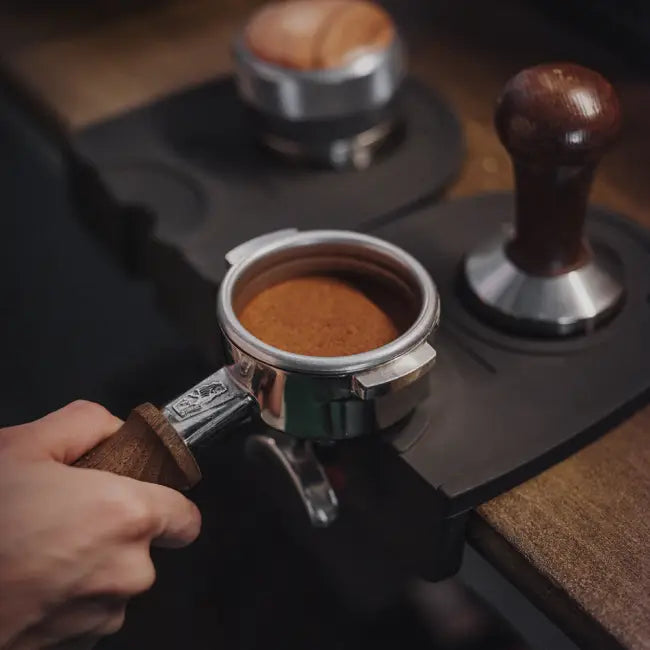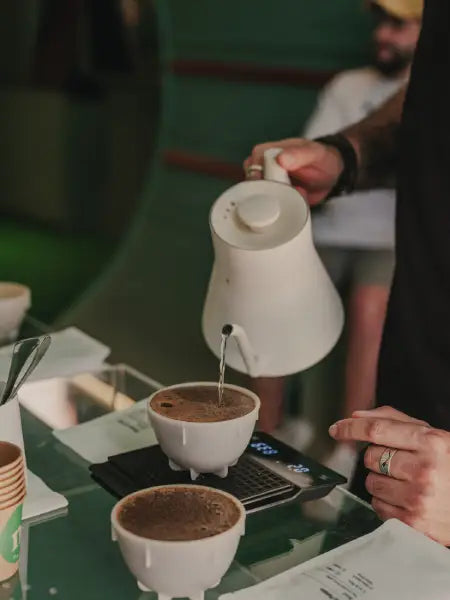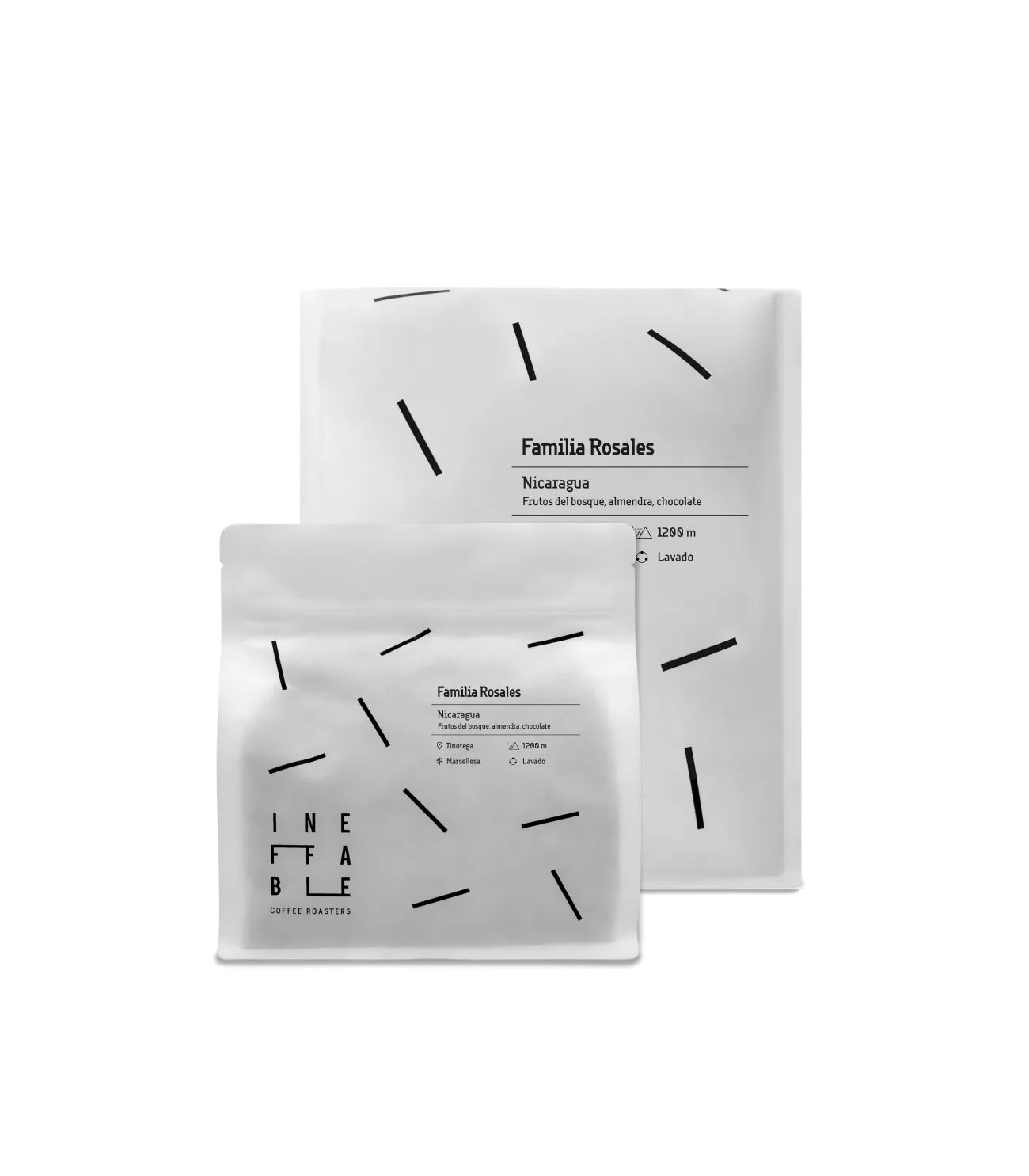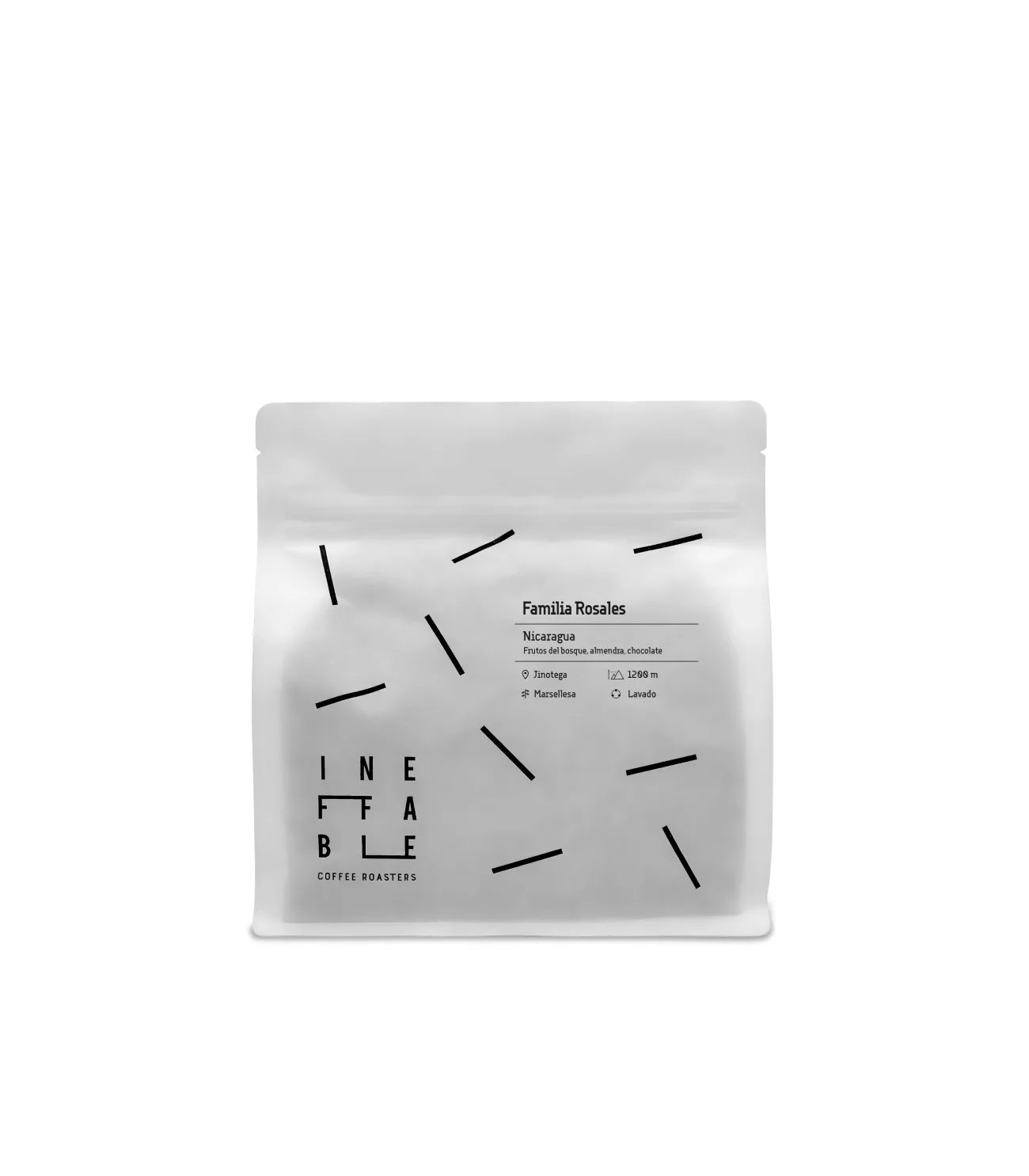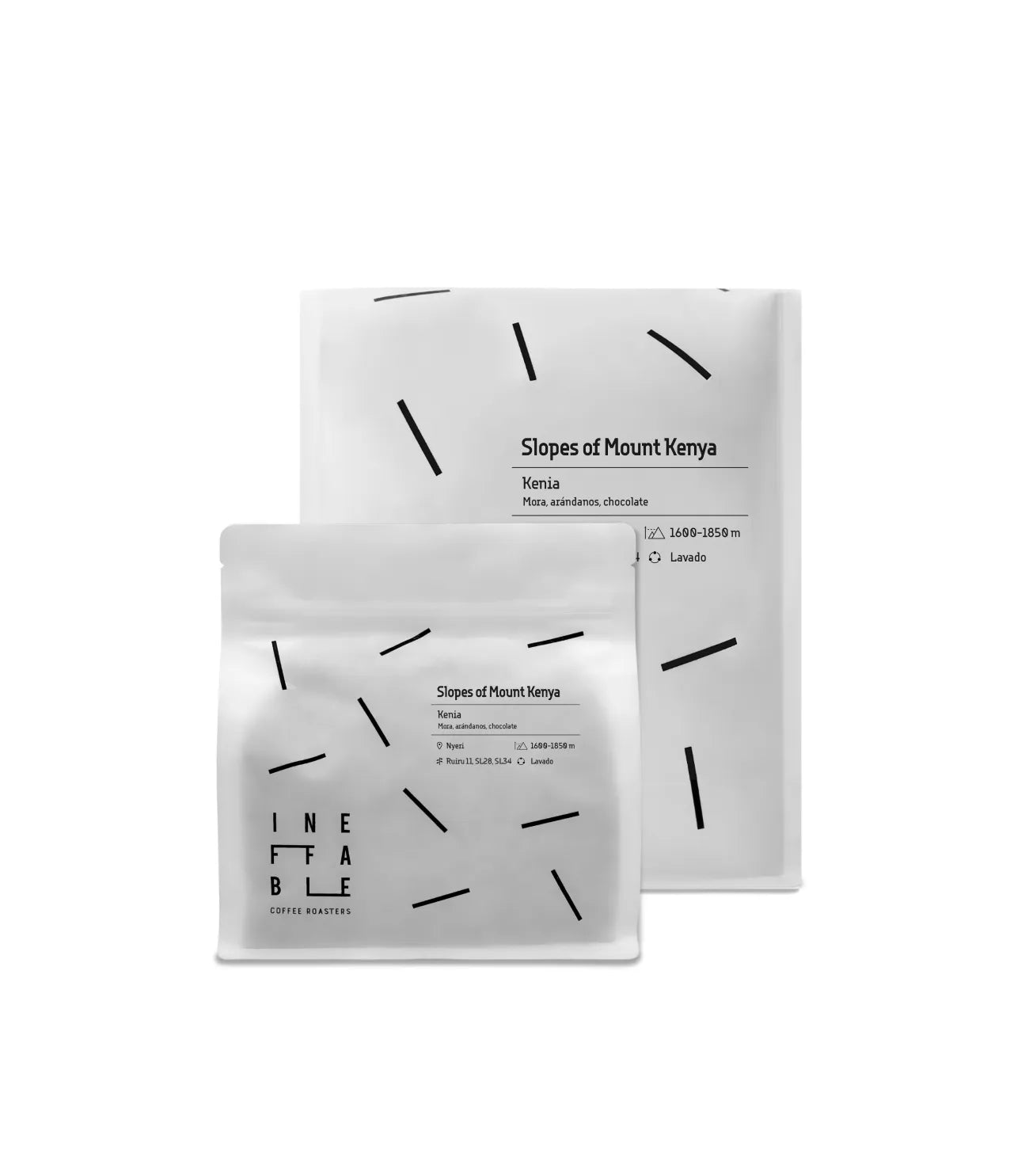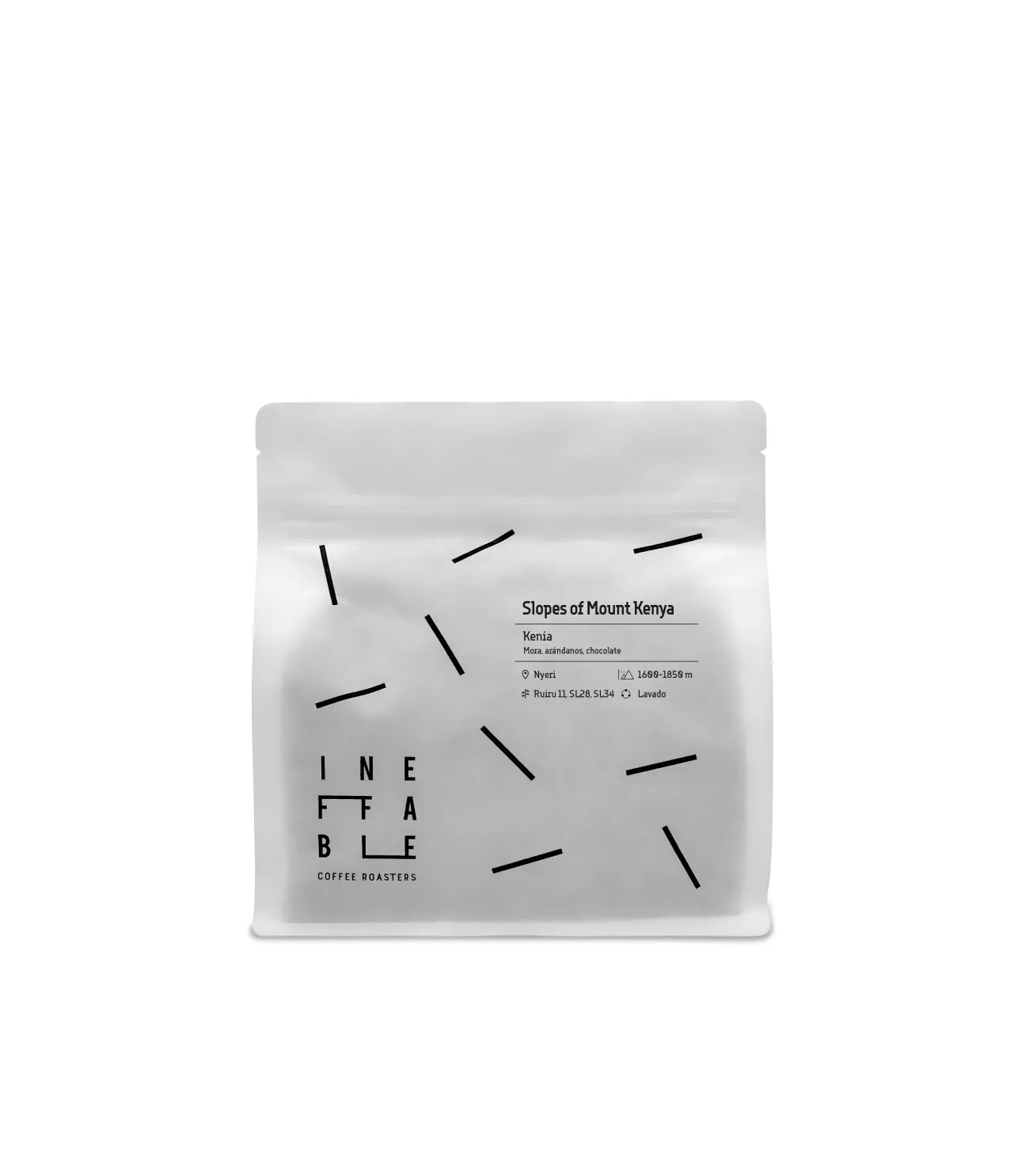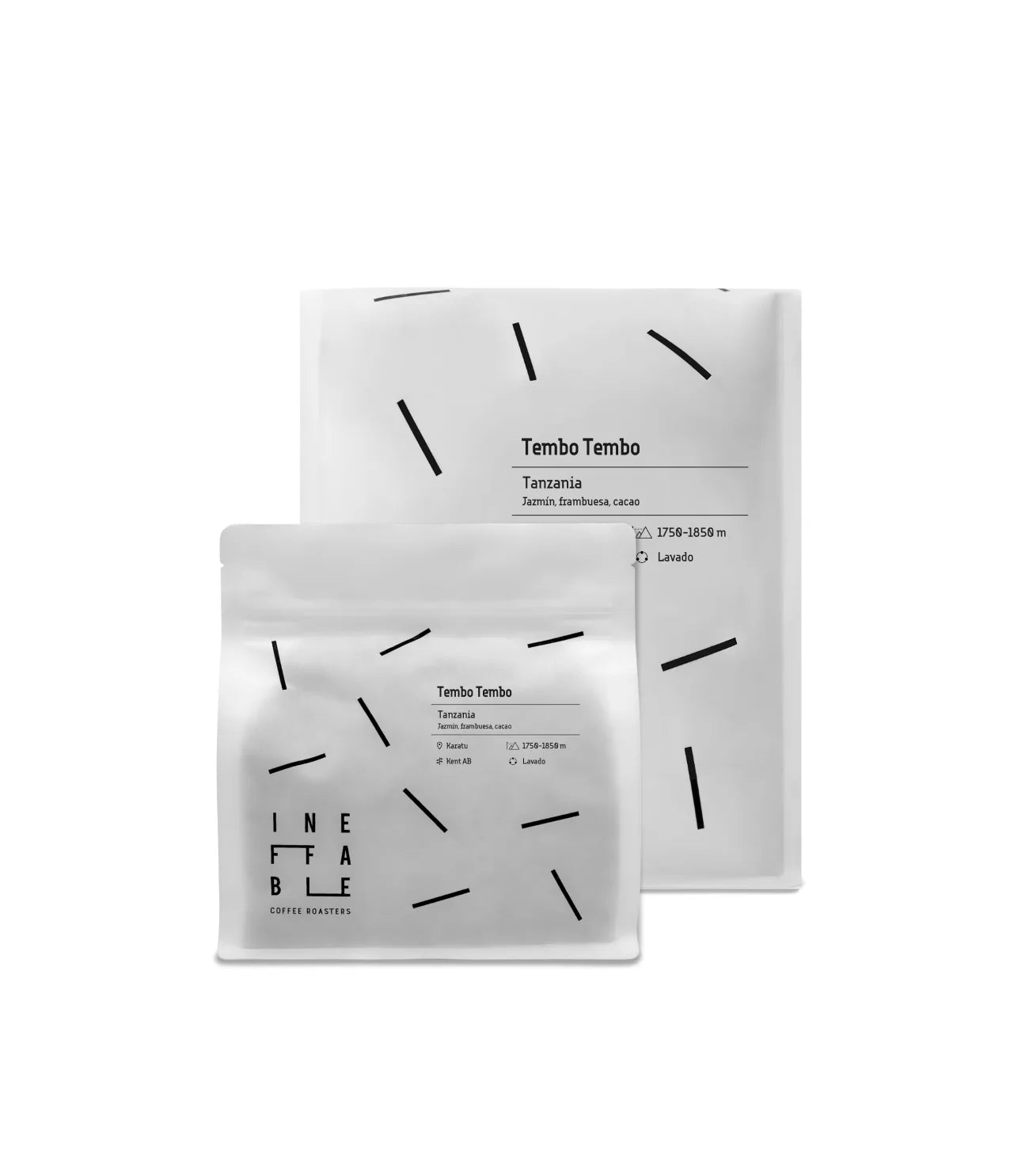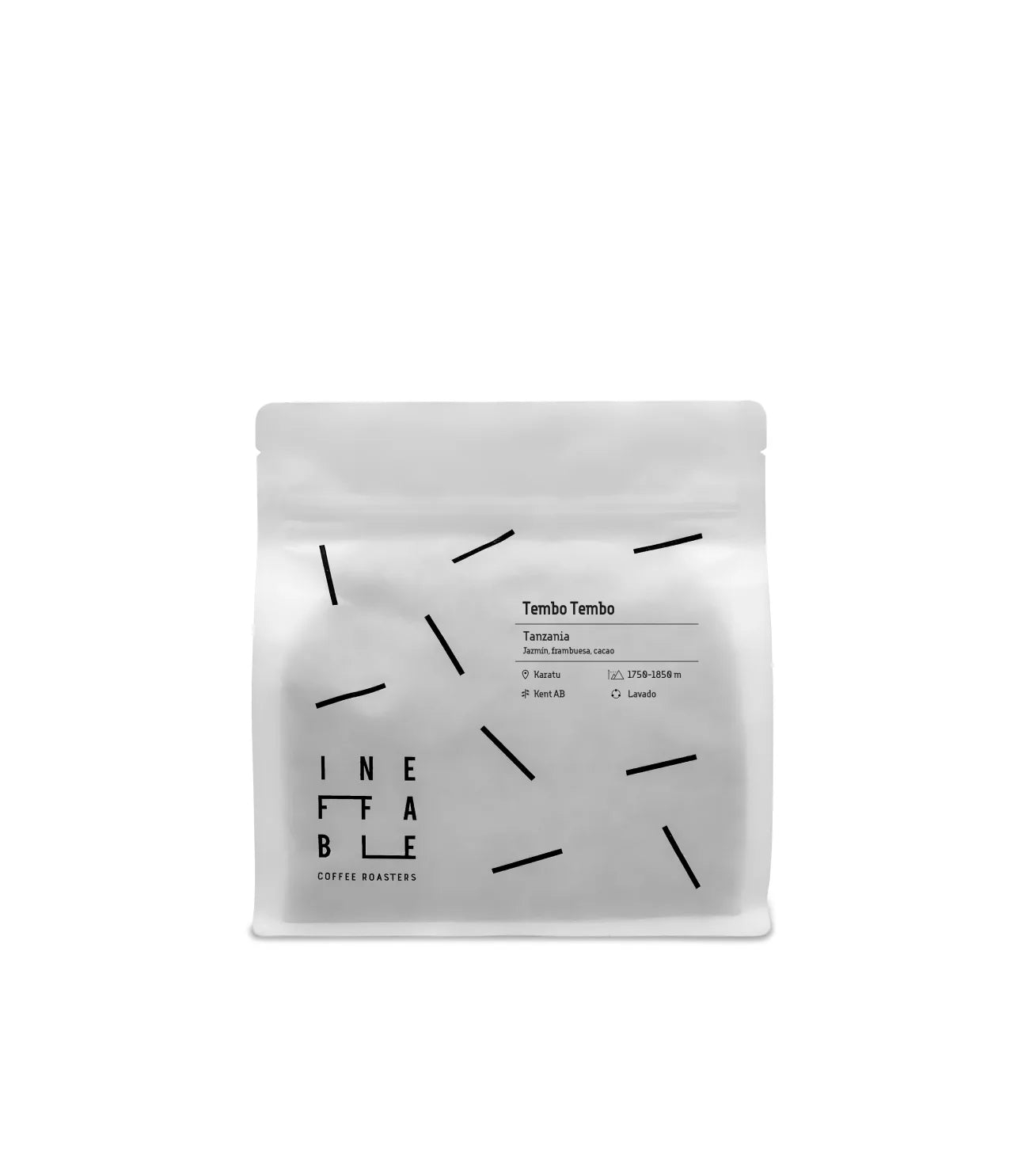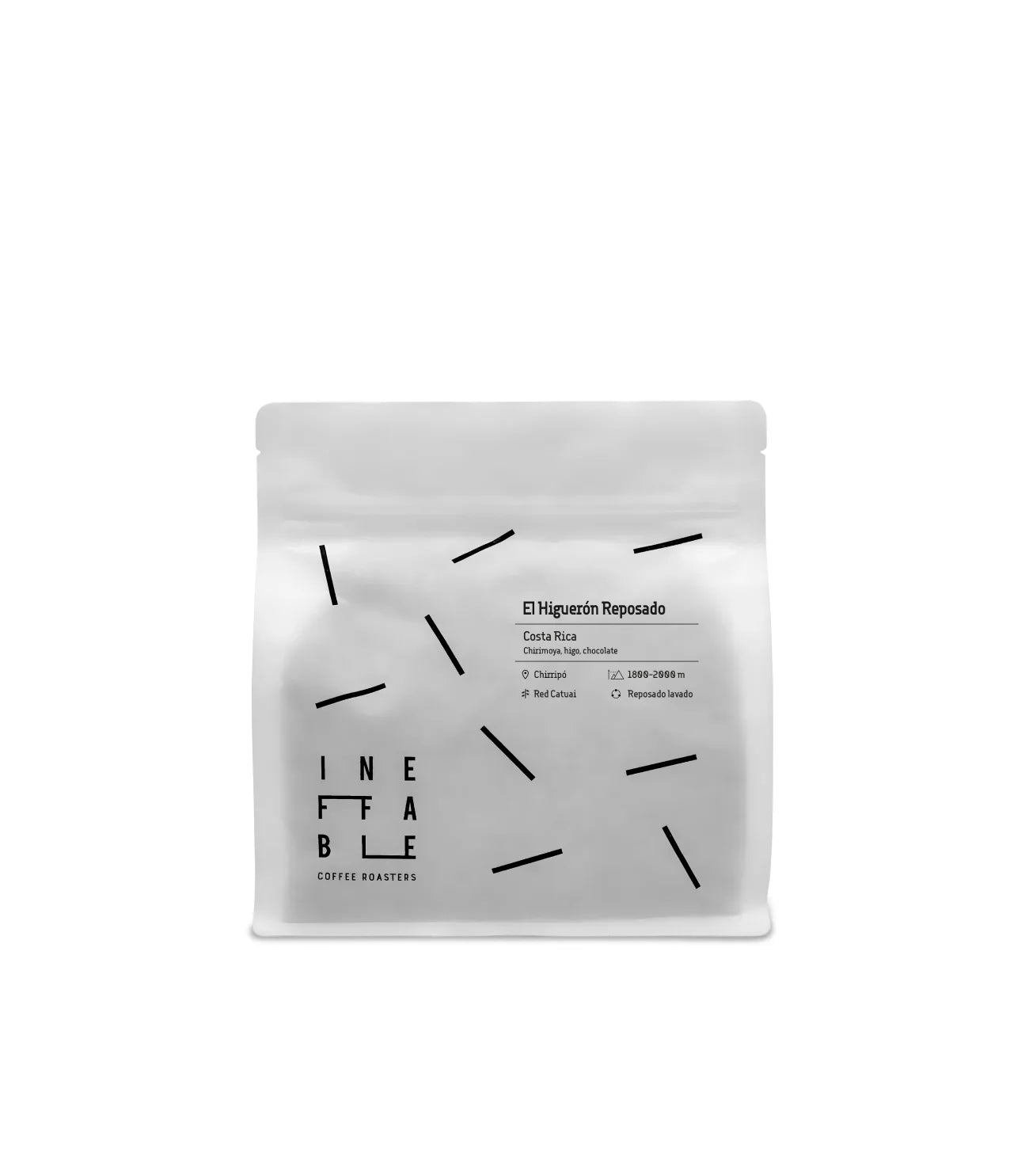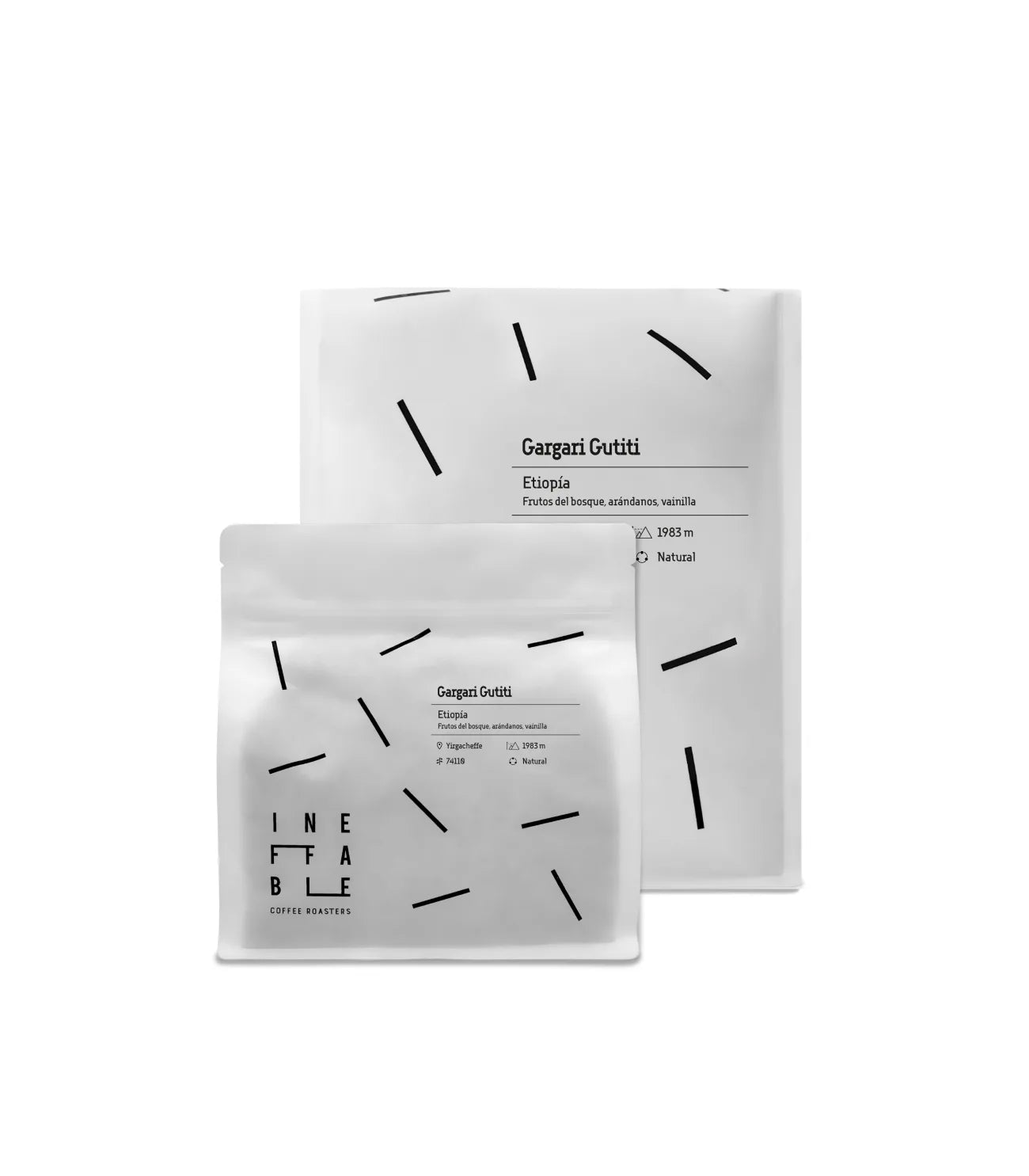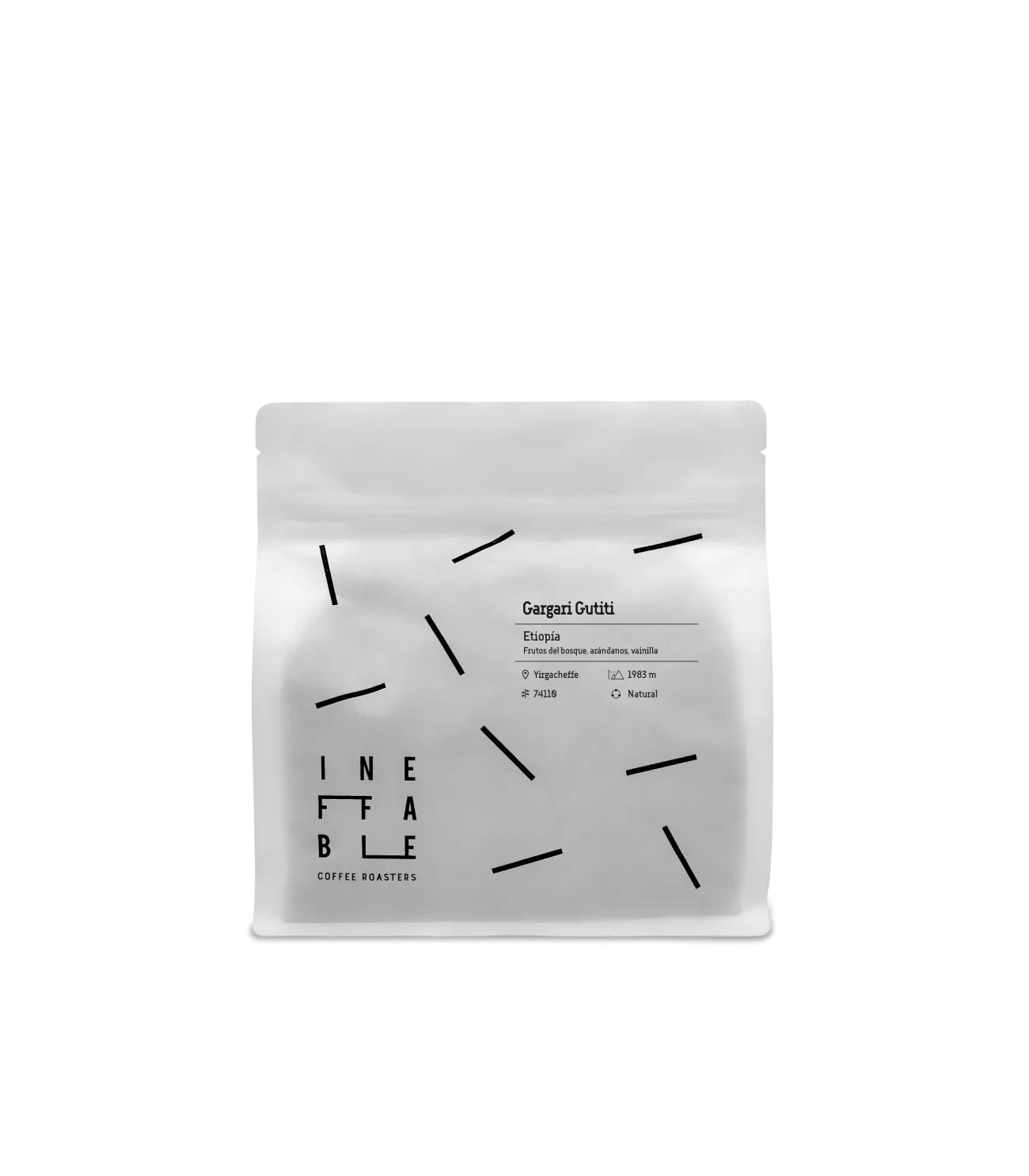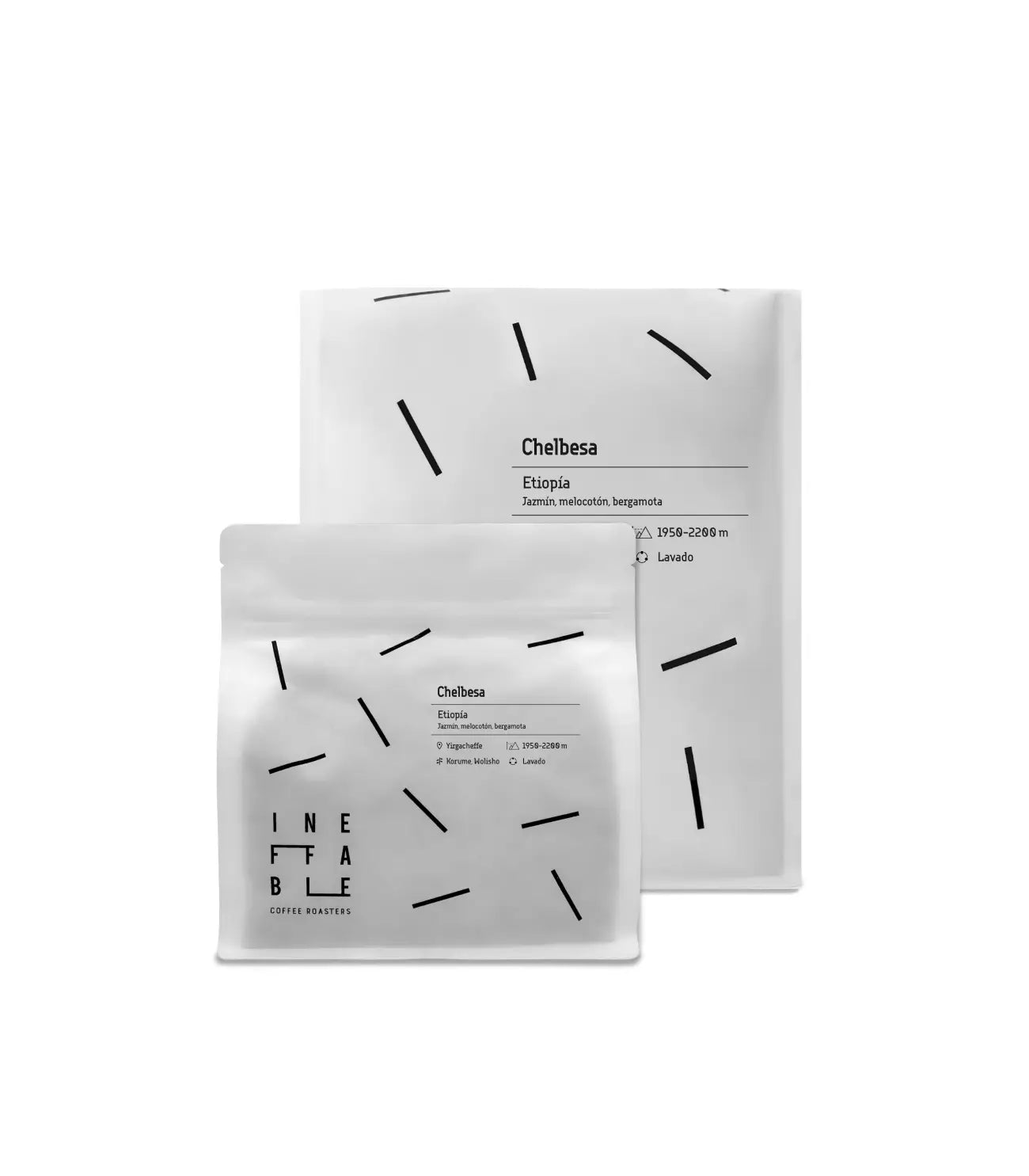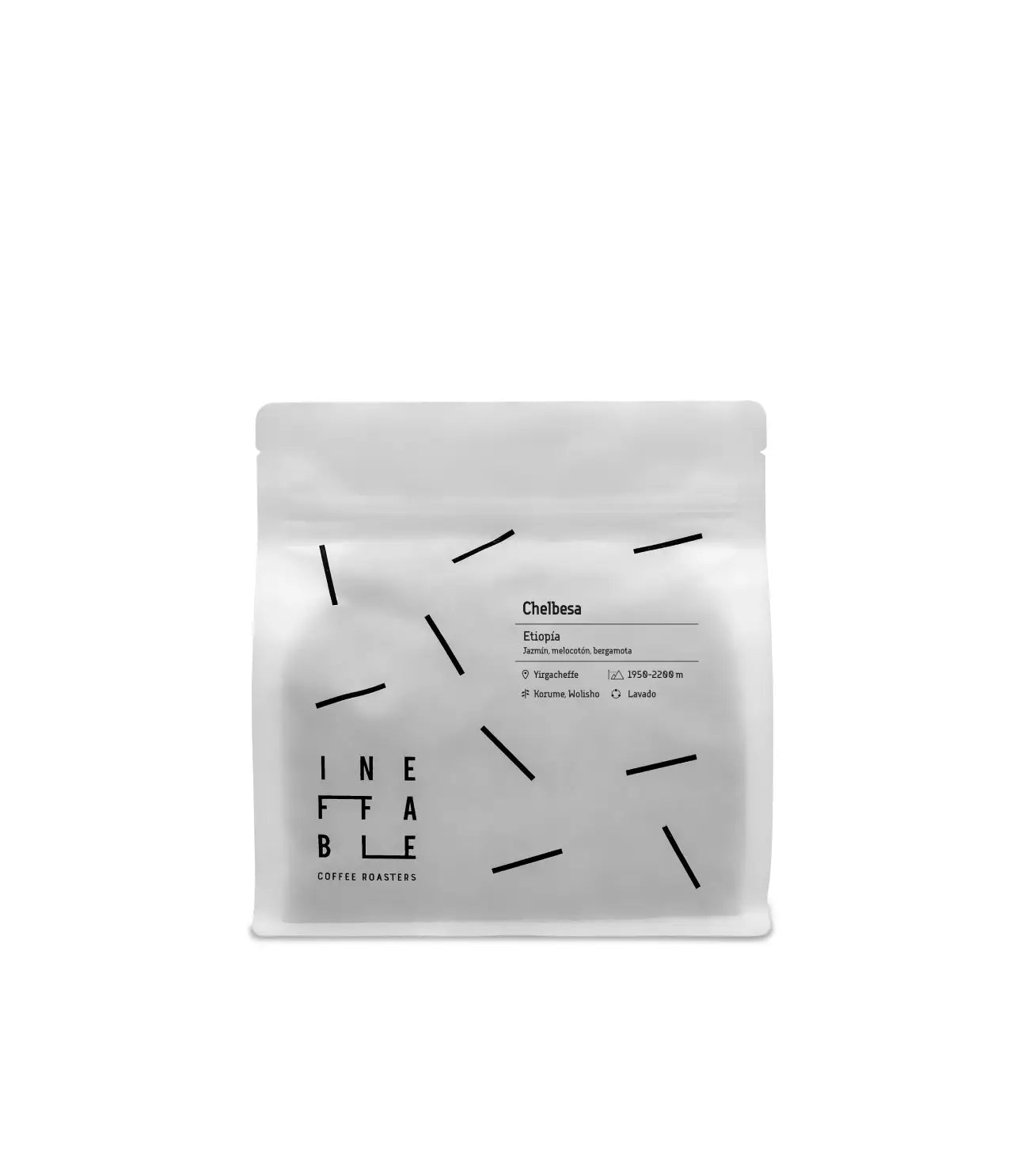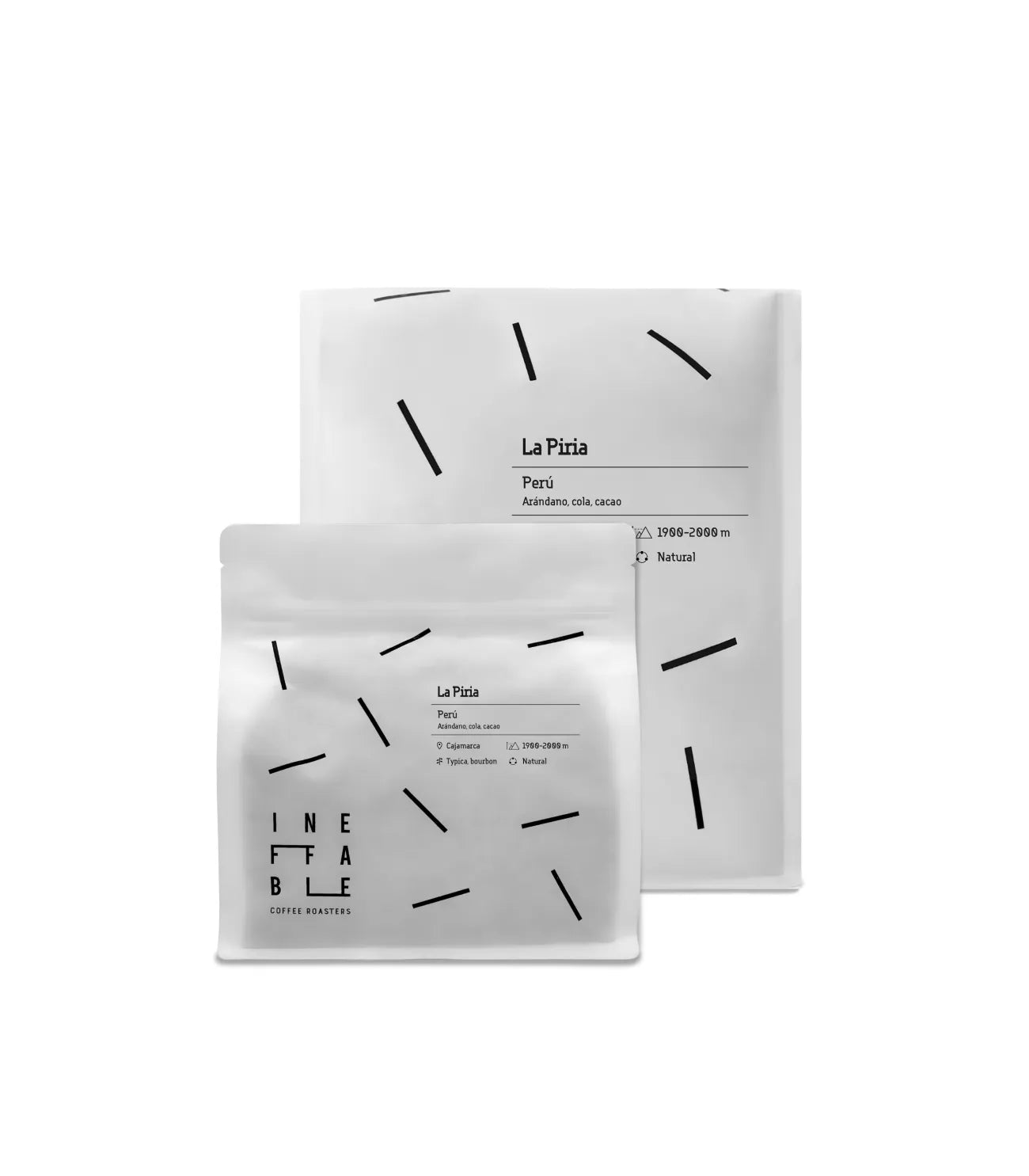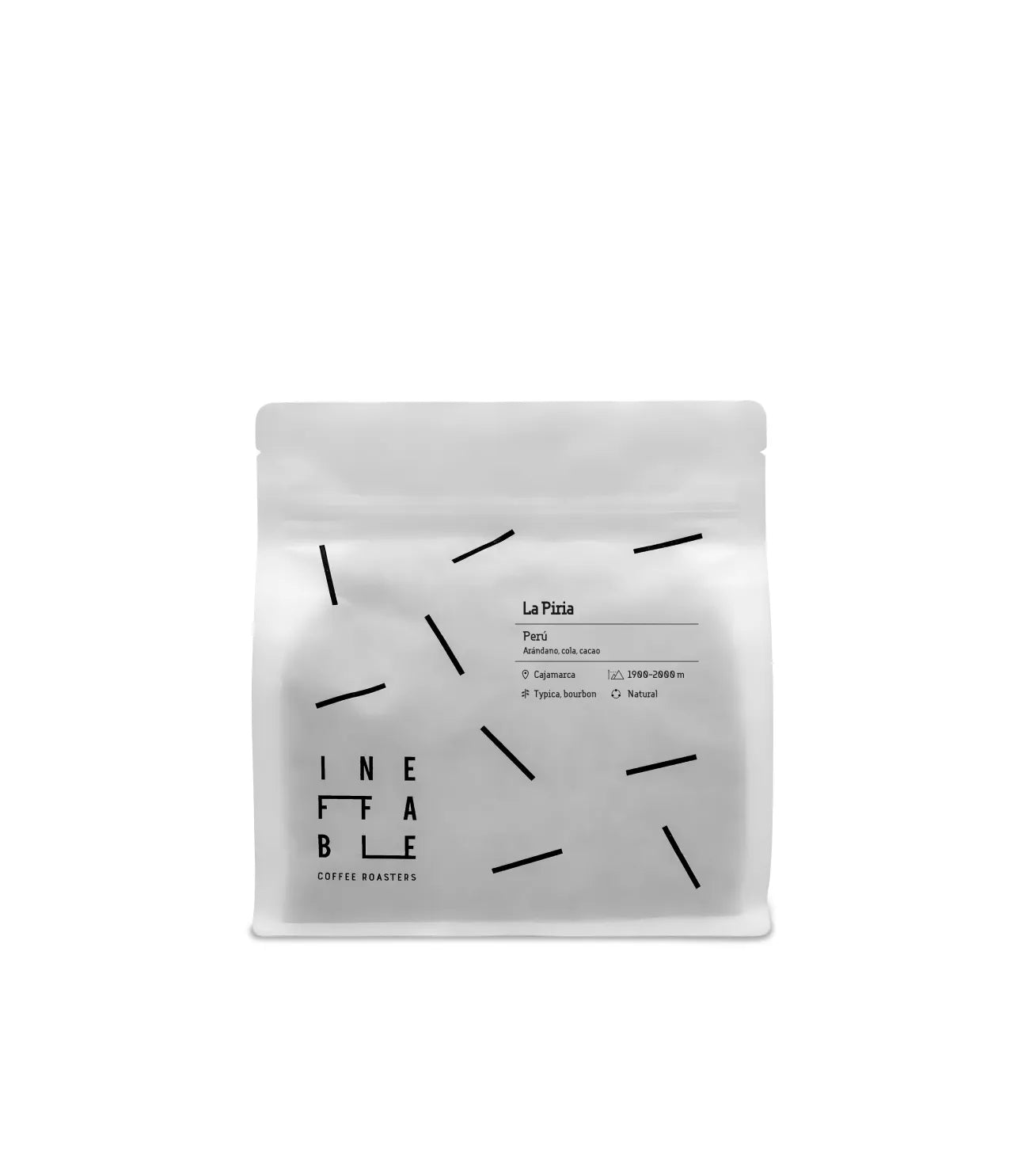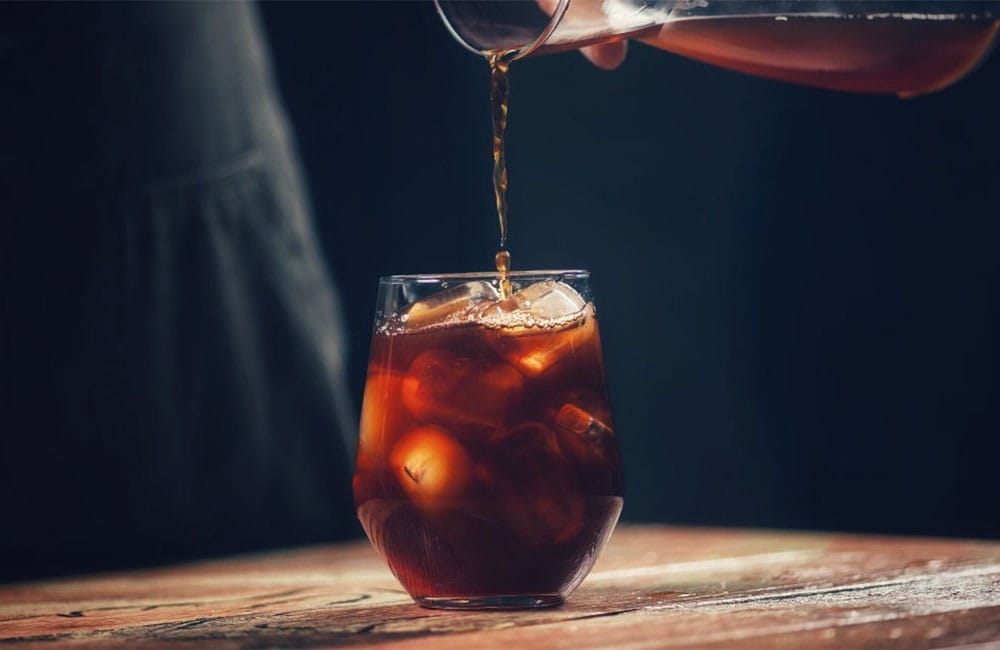¿Por qué hay cafés que saben más amargos y oscuros que otros? El café torrefacto tiene mucho que ver con eso. Aunque cada vez se consume menos, todavía genera curiosidad. ¿Qué es, por qué se creó y qué lo diferencia del café de especialidad?
¿Qué es el café torrefacto?
El café torrefacto es un tipo de café que, durante el proceso de tueste, se mezcla con azúcar. Esta azúcar se carameliza al contacto con el calor y recubre los granos. El resultado es un grano más oscuro, con una capa brillante y un sabor muy distinto al café natural.
Este método fue muy común en España durante el siglo XX, sobre todo en épocas de escasez. También se ha utilizado con el café robusta, potenciando las notas a quemado, goma y sabor intenso y amargo. Alargar la vida útil del grano y darle un sabor fuerte era el objetivo. Pero no todo lo que brilla es oro.
Ventajas y desventajas del café torrefacto
Sabor y aroma intensificado
Al tener azúcar tostado, el sabor es más amargo y el aroma más quemado. Esto puede gustar a quien busca una taza muy intensa, o simplemente por costumbre, pero realmente enmascara los matices organolépticos intrínsecos del café.
Impacto en antioxidantes
Hay quienes piensan que el café torrefacto aporta más antioxidantes. Pero lo cierto es que el proceso puede destruir compuestos valiosos del grano original. Y lo más importante: el sabor se ve alterado por completo.
Cómo usar café torrefacto en tus mezclas
En algunos bares tradicionales o máquinas antiguas aún se usan mezclas con un pequeño porcentaje de torrefacto (normalmente 20-30 %), en ocasiones también mezclado con robusta. Esto se hace para conseguir una crema más densa y un sabor muy fuerte.
En Ineffable Coffee, obviamente no trabajamos con café torrefacto. Todos nuestros cafés son de especialidad, 100% Arábica, 0% Robusta, café 100 % natural, sin azúcar añadido ni procesos que resten pureza al grano.
Recomendaciones de consumo de café torrefacto
Si estás acostumbrado al café torrefacto, prueba a cambiar poco a poco a café natural. Escoge un grano con cuerpo y sabor intenso, disponibles en nuestra colección de cafés. Sentirás más sabor real y menos amargor artificial.
El café debería saber a café. Y cuando el grano es bueno, no necesita disfraces.

